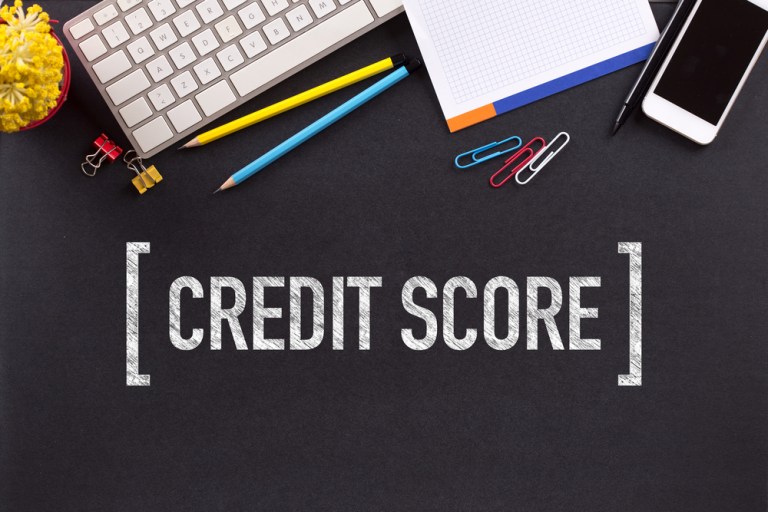
While credit scores, or the lack thereof, tell lenders a lot about consumers, the traditional credit scoring models don’t always provide a clear picture of risk. Sarah Davies, SVP of product development and analytics at VantageScore, joined Karen Webster to discuss why the millions of U.S. consumers in the basket of “unscorables” look a whole lot more like their scorable counterparts than lenders may realize.
It may be easy to assume that the nearly 30 million–35 million consumers in the U.S. who can’t get a credit score through traditional scoring models are very different from those who can.
But the truth is: Those impacted by exclusionary credit scoring models, also known as “unscorables,” actually have financial and credit capability profiles that are similar to those consumers who are able to obtain credit scores.
In its latest whitepaper, on Exclusionary Credit Score Modeling, VantageScore studied 5 million anonymized credit files, supplemented with demographic and economic data, to get a more detailed financial portrait of this unscorable population.
The analysis revealed that the commonly held beliefs that unscorable consumers are high-risk and unlikely to qualify for credit — or that they simply aren’t interested in obtaining credit — are actually very far from the truth.
“There’s been this underlying assumption within mainstream lending that no credit score equals high-risk … and that’s simply not the case,” explained Sarah Davies, senior vice president of product development and analytics at VantageScore.
In fact, many of the nation’s 35 million conventionally unscorable consumers are highly credit-qualified and may indeed be seeking credit. The study shows that these consumers are actually very similar to conventional credit users in many ways.
The Achilles Heel Of Traditional Credit Scoring
The study examined 5 million anonymized consumer credit files from Experian’s database, to which Experian attached economic and demographic data not found in the credit file. VantageScore assigned each file a VantageScore 3.0 credit score and then reviewed each credit file to determine if it contained enough information to meet the conditions to obtain a score using conventional credit scoring models.
Credit files that met the conventional scoring criteria — i.e., those with a minimum of one credit account that was at least six-months-old, as well as an update that had occurred within the last six months — were assigned to the “Conventional” population. All others were assigned to the “Expanded” population. Both populations were then compared based on demographic, credit capacity and payment capability data.
According to the whitepaper, when lenders use a credit score as the primary consideration to assess risk, consumers who fall in the Expanded category are often evaluated as high-risk candidates. But in many cases, these consumers are simply conservative users of credit who nonetheless have strong financial foundations.
The data also suggests that, when unscorable consumers are approved for mortgages, their personal assets and income profiles are sufficient to obtain loan products that are similar to those obtained by conventionally scoring consumers.
When a consumer with a VantageScore of 700 in the Expanded population is lined up against someone with a 700 score in the mainstream population, Davies said there are comparable risk dynamics, as well as similar demographic factors, such as income and employment structures.
“They are not aliens from another planet — they are simply not falling within the criteria necessary to get a score in some cases but are very eligible for credit,” she added.
The Tough Road To More Scores
If traditional credit scoring models are excluding millions of people who are actually creditworthy, the obvious conclusion would be for lenders to switch to a model that is more inclusive.
While this may be a no-brainer approach, Davies explained that making the move isn’t as quick and easy as it sounds.
“This really sort of comes back to the whole world of validation. These scores are so hidden within so many strategies and embedded in such a way that it becomes difficult to take one score out and put another one in,” she noted.
It takes a great deal of work to recalibrate that strategy and ensure that risk patterns haven’t shifted in the process, Davies pointed out. Before even getting to that step, lenders must first recognize and acknowledge that their existing score model isn’t performing as well or that there’s more opportunity for change.
“In conservative economic environments, you tend to see that nobody wants to change too many of the levers, but as organizations become a little bit more aggressive and entrepreneurial, they’ll start branching out,” Davies said.
“From what I see and hear in the industry, I do think that organizations are getting their heads wrapped around that and finding ways to solve it,” she added. “I think in the next few years we’ll see this resolved.”